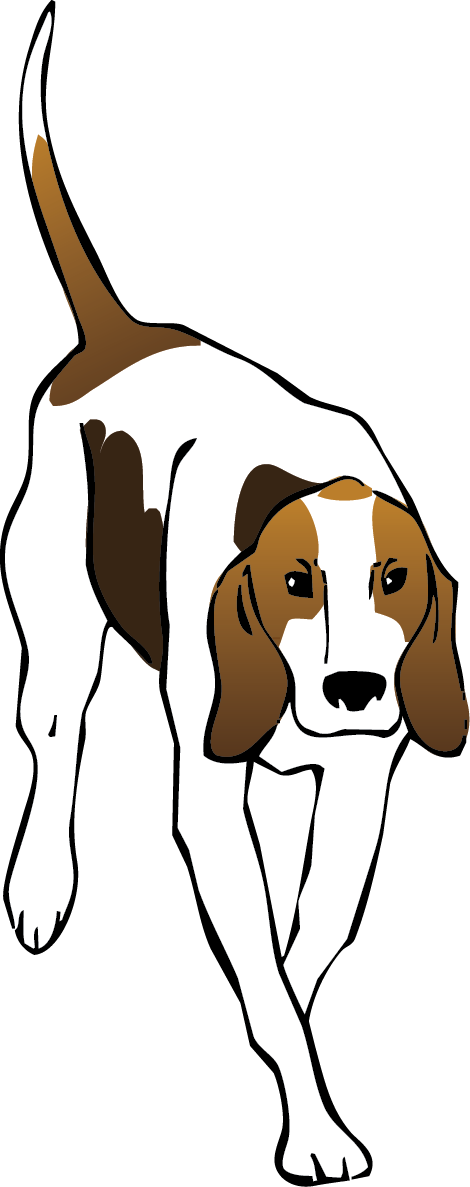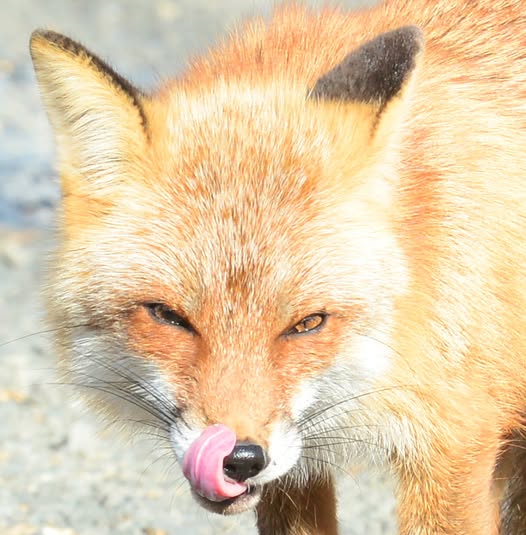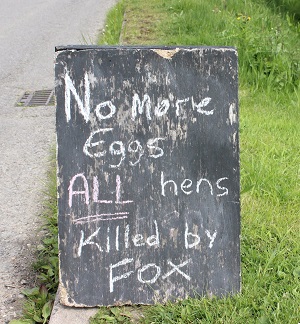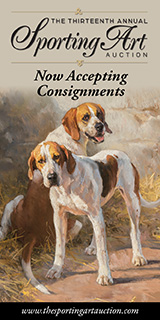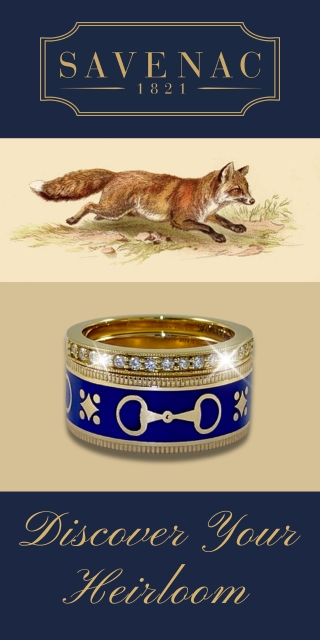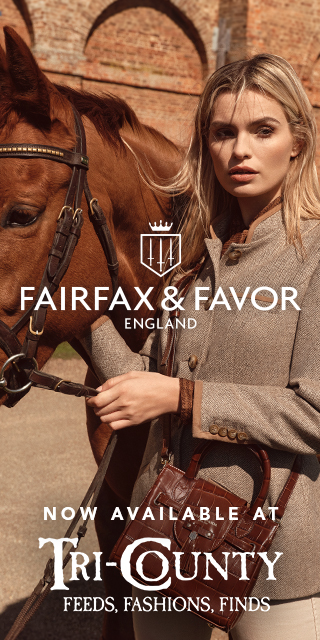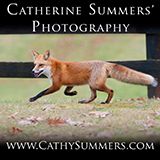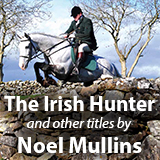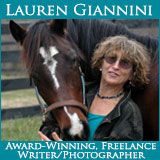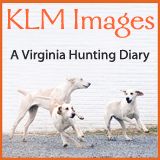fox
Close Encounters with My Vulpine Friends
James Barclay was born to foxhunting. He, his sister, two brothers, mother, father, grandfather, and great-grandfather all served as Masters of Foxhounds—a family way of life that began in 1896. James served as Master of five hunts from 1983 to 2012: the Essex and Suffolk, Fitzwilliam, Cottesmore, South Wold, and Grove and Rufford. Click for a fuller introduction to James Barclay in Norm Fine’s Blog.
With over two hundred years involvement with various packs and types of hounds under our belt, you will understand it was and always will be the number one rule in the Barclay family to have the greatest respect for our quarry species, be it the fox, deer, or hare. The pleasure they give us is immense, and this comes from not only close observation on a hunting day but during the summer months when they are all, in their own distinctive ways, equally fascinating.
It is the fox, however, that has taken up a very large part of my life, and hardly a day passes when he doesn’t enter my mind in one way or another. And more than likely he will be discussed at some point, especially when he is being blamed for eating someone’s prime poultry! Whenever foxes are talked about, however, it is generally with a large degree of affection, except of course on the day a heinous crime has been committed in his role as the ruthless killer!
My pleasure in writing this has come from looking back and remembering moments when my vulpine friends have behaved in ways that remain etched on my mind. In the past, I have recollected their somewhat strange habits after the death of a particularly well-loved character. This enters another realm, although there are places where both realms meet and it is then when it really does become all the more fascinating!
When a Fox Barks
Evie Good queried Foxhunting Life about her recent experience with a local fox.
“Can someone explain why a fox would bark repeatedly at me?” she asked. “We heard it barking last night close to the house. We found it barking at the dog this morning. When it saw me it ran to the nearby pasture, but stopped and barked some more. Finally, the fox turned and ran out of sight.
We asked two members of our Panel of Experts—Marty Wood, MFH and huntsman Hugh Robards, ex-MFH—for their opinion on this fox’s behavior.
Maureen Riley and the Zennor Fox
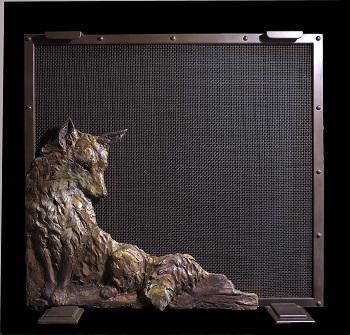 “I felt that the story of the Zennor fox needed to be remembered,” writes Michigan artist Maureen Riley. “It tells the story of a fox, but more than that it tells of a sportsman’s love for a good day of sport and a sense of fair play.”
“I felt that the story of the Zennor fox needed to be remembered,” writes Michigan artist Maureen Riley. “It tells the story of a fox, but more than that it tells of a sportsman’s love for a good day of sport and a sense of fair play.”
Maureen Riley is a sculptor and painter who has been steeped in the sporting life from an early age. She learned about gun dogs from her grandfather and about sculpture from his friend, Walter Midener. Shooting, fishing, and horses have always been a part of her life, and country sports are at the root of her art.
From her studios in Michigan, Maureen has exhibited her work at Safari Club events and at international exhibits in both Milan and Portofino, Italy. Her work has also been shown at the Smithsonian. She is a member of the Society of Animal Artists and the National Sculpture Society.
Maureen has just created an interesting new platform from which to present her bronze works—a fireplace screen that serves as a blank canvas for her limited edition and custom relief sculptures. Her first design on this “blank canvas” is titled the “Zennor Fox.” The work was inspired by a 1913 foxhunt with the Western Hounds near Zennor Hill in Cornwall. Here’s the conclusion of the hunt as written by a participant, the renowned English equine artist Sir Alfred J. Munnings.
The Keswick Hunt…In Motion!
Here’s Phil Audibert’s cleverly edited video montage of the Keswick Hunt’s 2014/2015 foxhunting season, set to the music of the Ryegrass Rollers. The fox, the hounds, huntsman Tony Gammell, Masters, staff, and the Keswick field members all play the starring roles in this fast-paced romp through the Virginia countryside.
Read More
A Fox in the Family
Take two gray fox cubs that need a home and one family of tender-hearted animal lovers. Put them together, and you’ve got a charming menagerie that includes horses, dogs, a grumpy cat, turtles, two little boys, frogs, mice and birds.
A Fox in the Family, Jane King, Xlibris LLC, illustrated, 96 pages, $22.49 (hardcover), $14.40 (softcover), available at Amazon and Barnes and NobleA Fox in the Family is Jane King’s reminiscences about life with a smart, funny, wild animal with loads of personality. Jane and her husband Jim were known for rescuing and rehabbing animals on their farm in Indiana. So when a neighbor salvaging an old barn discovered a family of foxes under the dilapidated structure, he knew whom to call.
The Kings went home with two cubs, promptly named Frisky and Friendly by their young sons. Unfortunately, Friendly did not make it, succumbing to a mysterious malady, but Frisky went on to become a member of the family, accepted by everyone except the cat. Frisky and his best friend, the terrier, Bandit, managed to get into all kinds of trouble, including breaking their legs at the same time in a dust-up with the horses. Their favorite playtime activity was a rousing game of snatch-the-tennis-ball, and they spent hours playing before collapsing together on the sofa to nap.Their other favorite sleeping place was under the covers with the boys.
Cubhunting at Old Dominion
Cubhunting is in full swing and it’s time to be publishing hunt reports once again. Here’s one from an honorary whipper-in to the Old Dominion Hounds (VA) about a good hunt on a clever fox. How are your hounds doing? Click to send us your story and photos. John Stuart (left), huntsman Ross Salter (center), honorary whipper-in Denya Dee Leake (right) watch the Old Dominion hounds speak to their line. / Michele Arnold photo Promptly at 8:00 am huntsman Ross Salter sent hounds into covert, and by the time I got around the covert—which took no more than two minutes—hounds had opened. I galloped down the side of the road trying to stay in front of them just in case they shot over to cross the road. No sooner had I reached the end of the covert, out popped the fox! It was a big, healthy red fox. I hollered, and hounds came flying. They crossed the road into Warrenton Hunt’s country. I went around the left-hand side of the covert while Ross went through the middle. The fox ran all the way to the end of the woods and made a sharp right hand circle, heading back to where he had come from. He then made something close to a serpentine through the woods, but the hounds never lost him. They kept the pressure on. There is a small valley going through the woods and the fox really worked that valley. He kept crossing a small creek but still could not shake hounds off. He finally crossed a big road, and Ross thought he had better stop hounds before one got hit. It had been a great cubhunting morning. We had run for about an hour and a half. All puppies and entered hounds were accounted for. We were smiling all the way home and so proud of the puppies! Posted September 16, 2014... This content is for subscribers only.Join NowAlready a member? Log in here
Read More
The Foxes of England
Greyhound Fox / Courtesy New York Public LibraryFoxhunting Life reader Janet Clarke asks, “I was told a long time ago that there are different types of foxes in the UK. Is this true?”
We consulted Nigel Peel, MFH and huntsman of the North Cotswold Foxhounds, and Martin Scott, ex-MFH of the Vale of the White Horse. Both men are highly regarded foxhound breeders and judges of foxhounds in England and serve as members of FHL’s Panel of Experts. Their answers were not only surprising, but it appears that the story may be yet unfolding.
Movement in Parliament to Ease the Hunting Ban
A surprising multi-party coalition of MPs—Conservatives, Liberal Democrats, Labour, and Plaid Cymru—in sympathy with the plight of farmers suffering livestock losses from foxes are backing Parliamentary proposals to ease one aspect of the Hunting Act. Under the Act as it stands, when a farmer wants foxes on his property killed, only two hounds are allowed to flush the foxes from covert to guns. The proposals under consideration would allow a full pack to be used. Such a change would bring the Act in line with Scotland’s ban. Farmers say that attacks on lambs have been increasing, and claim that the hunting restrictions under the Act are impeding effective pest control. A vote in Parliament will be required, but a new bill will not be needed for the change. Supporters are pressing Environment Secretary Owen Paterson to back the proposals. Although Mr. Paterson is a long-time supporter of lifting the ban, he has not yet made a public commitment. A furious debate is expected. Read John Bingham’s article in The Telegraph for more details. Posted October 14, 2013
Read More
